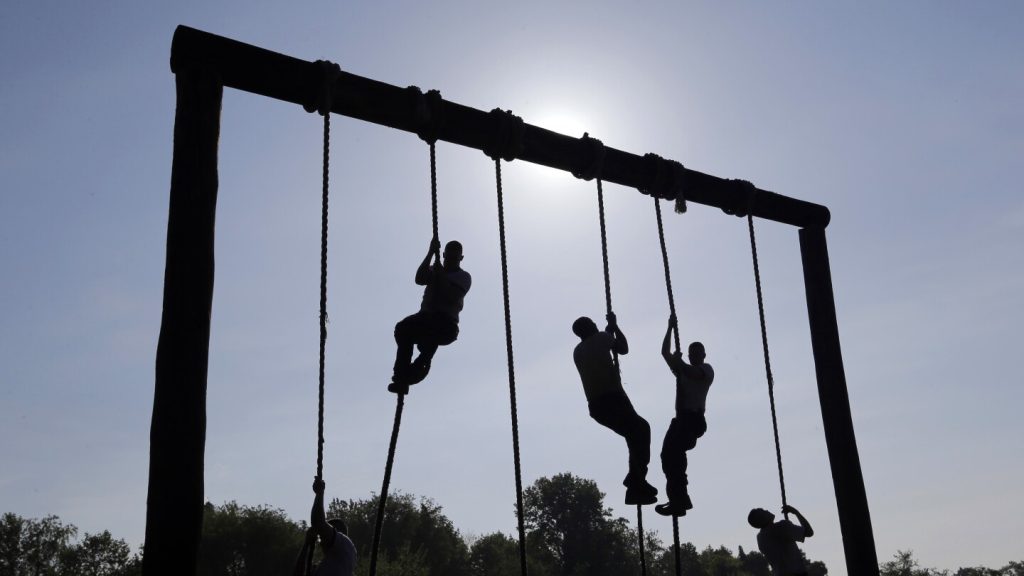The Navy has implemented several new recruiting programs that have allowed them to meet their goal of signing up 40,600 recruits by the end of September. However, due to the crush of last-minute enlistments, they will fall about 5,000 sailors short of their target to get all recruits into the 10-week training course at Great Lakes, Illinois, by the end of the fiscal year. Despite signing initial contracts, many recruits are still months away from entering boot camp or joining the fleet. This shortage of sailors is impacting the Navy’s ability to fully staff its warships, with about 20,000 vacancies in the lowest ranks out of a total shortage of 22,000 sailors.
Recruiting challenges have been faced by all military services in recent years as they struggle to attract young people in a competitive job market where civilian companies offer better pay and benefits without the demands of military service. Limited availability of individuals who meet the military’s strict physical, mental, and moral standards, including rules on drug use and criminal history, has also contributed to the recruitment difficulties. While the Marine Corps and Space Force have consistently met their recruitment targets, the Navy, Army, and Air Force have all faced shortfalls in the past year.
The Navy has made significant changes to its recruiting approach in response to the recruitment challenges, including expanding the pool of applicants by accepting those with very low test scores and no high school diploma or GED. While other services have strict limits on category 4 recruits (those with the lowest test scores), the Navy has increased the percentage of category 4 recruits in its enlistment totals. The Navy argues that these recruits are needed to fill jobs requiring intense manual labor. Despite concerns about potential disciplinary issues, the Navy has seen success in recruiting individuals without high school diplomas as long as they score above 50 on aptitude tests.
Another key change introduced by the Navy is the Future Sailor Preparatory Course, a program modeled after a successful Army initiative. The course provides academic and physical fitness instruction for recruits who may struggle in these areas, with the option to extend the program up to 90 days. Over 2,900 sailors have participated in the academic course, with about 1,850 completing it, and 300 going through the physical fitness course. The Navy is optimistic about this program’s impact on preparing recruits for boot camp and ultimately increasing the number of sailors available for service on warships.
Navy Vice Adm. Rick Cheeseman expressed optimism about the recruiting changes made in response to the challenges faced by the Navy. Although they may not reach their goal of getting all recruits through boot camp by the end of September due to the last-minute surge in enlistments, Cheeseman believes that the Navy is trending in the right direction. With increased staffing at boot camp, the Navy aims to sustain the necessary recruitment numbers starting October 1st to reach the target of 40,600 recruits next year. Cheeseman credits the efforts of Navy recruiters in achieving these goals and emphasizes their readiness for the future recruitment missions.
Overall, the Navy’s recent recruiting efforts have shown signs of progress, despite falling short of targets in the past two years. The implementation of new programs, such as accepting recruits with lower test scores and expanding the pool of applicants without high school diplomas, has contributed to the surge in enlistments. While challenges remain in fully staffing warships and meeting recruitment goals, the Navy remains optimistic about its ability to address these issues and sustain the necessary recruitment numbers in the future. Cheeseman’s confident outlook reflects the Navy’s commitment to overcoming recruitment obstacles and ensuring the readiness of its forces for upcoming missions.


